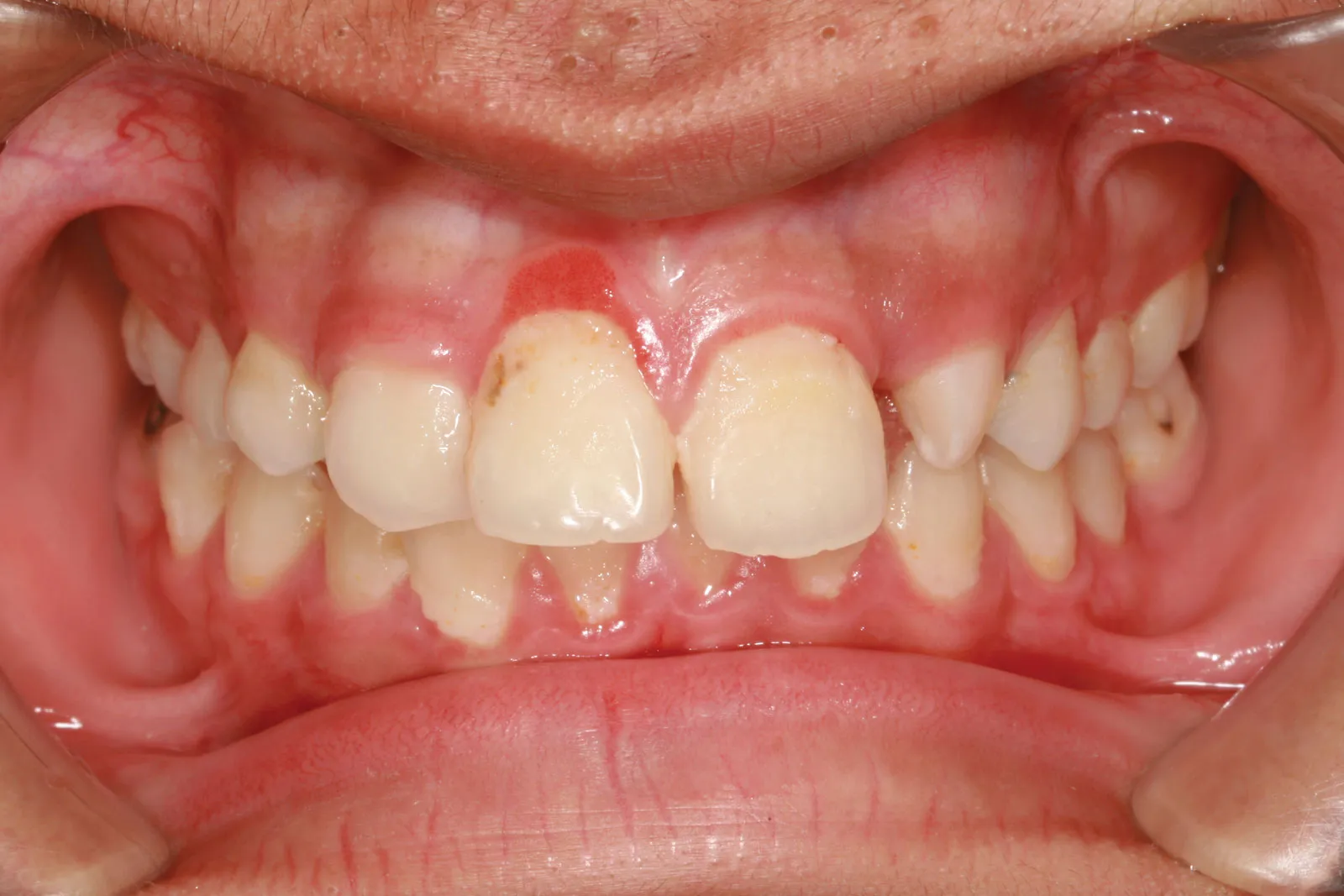Understanding Oral Diseases: From Cavities to Gum Infections

A practical guide to identifying, preventing, and treating the most common conditions affecting your oral health.
Oral health plays a crucial role in our overall well-being. Understanding the most common diseases of the mouth—how they start, progress, and how to prevent them—is the first step to maintaining a healthy smile. This guide walks you through dental caries, the stages of periodontal disease, and how to detect early warning signs through self-exams, helping you take proactive care of your oral health.
Main Diseases of the Oral Cavity
Cavities (Dental Caries):
Dental caries is an infectious process that gradually progresses from the surface of the tooth enamel to the interior. If detected early, the disease can be halted before it worsens.
The main causes of dental caries are bacterial plaque and the consumption of refined sugars. Other contributing factors include enamel strength and nutritional deficiencies.
It’s been proven that sugar intake increases acid production by bacteria in plaque. This acid demineralizes the tooth surface, beginning as a microscopic lesion. The more sugar consumed, the more acid is produced, accelerating the development of cavities. Without sugar, bacteria produce little acid. Natural sugars in milk and fruit are not immediately used by bacteria to produce acid. However, refined sugars added to foods and drinks are converted into acids within just 20–30 seconds.
Stages of Periodontal Disease:
Gingivitis:
Caused by the accumulation of bacterial plaque around the teeth and gums. Gingivitis is reversible with good oral hygiene.
Identifying Gingivitis:
Poor brushing can lead to swollen gums that change from pale pink to bright red, flattening of the gum papillae, bleeding when brushing or eating hard foods, and bad breath.
This early stage is reversible with improved brushing and flossing to remove bacterial plaque on teeth, gums, and tongue.
If inflammation continues, it can destroy the bone supporting the teeth, causing mobility and even tooth loss.
Mild Periodontitis:
If untreated, gingivitis can evolve into periodontitis. At this stage, bone and tissue supporting the teeth begin to deteriorate.
Moderate to Advanced Periodontitis:
This more severe stage occurs when earlier stages go untreated, leading to extensive bone and tissue loss.
Juvenile Periodontitis:
This localized form occurs in adolescents, marked by rapid bone loss around permanent teeth. Ironically, it occurs with minimal plaque or tartar buildup.
Generalized juvenile periodontitis, more common in young adults (though it may begin at puberty), features intense inflammation and significant plaque/tartar buildup.
Bacteria may accumulate around affected teeth, forming periodontal pockets. If left untreated, the infection can destroy bone, loosen teeth, and cause tooth loss.
Warning Signs of Periodontal Disease:
The disease can sometimes progress painlessly. See a dentist if you experience:
- Shiny, swollen, or reddish gums
- Bleeding when brushing or flossing
- Gums pulling away from teeth
- Loose or spaced teeth
- Pus between gum and tooth
- Persistent bad breath
- Changes in how dentures fit
How to Perform an Oral Self-Exam:
- Wash your hands and stand in front of a mirror.
- Look at and feel both the inside and outside of your lips.
- Examine and touch your teeth and gums from all sides.
- Check the inside of your cheeks.
- Inspect and feel your tongue.
- Look at the floor of your mouth.
- Observe the roof of your mouth (palate).
- Palpate your neck and head.
If you notice anything unusual—ulcers, color changes, swelling, loose teeth, bleeding, discomfort, pain, numbness, or a burning sensation—visit your dentist immediately. They may refer you to a maxillofacial surgeon or oral pathology specialist, depending on the case.

